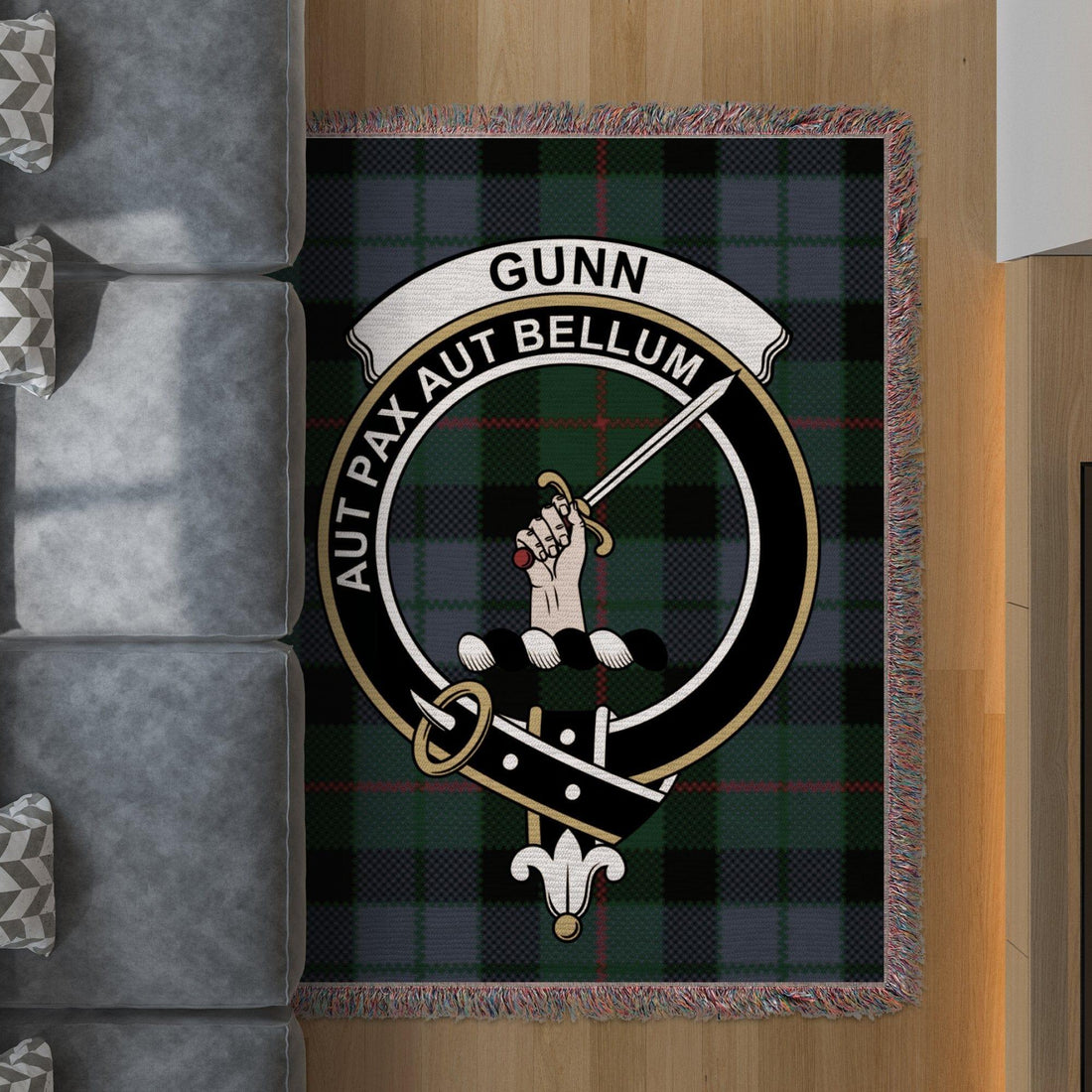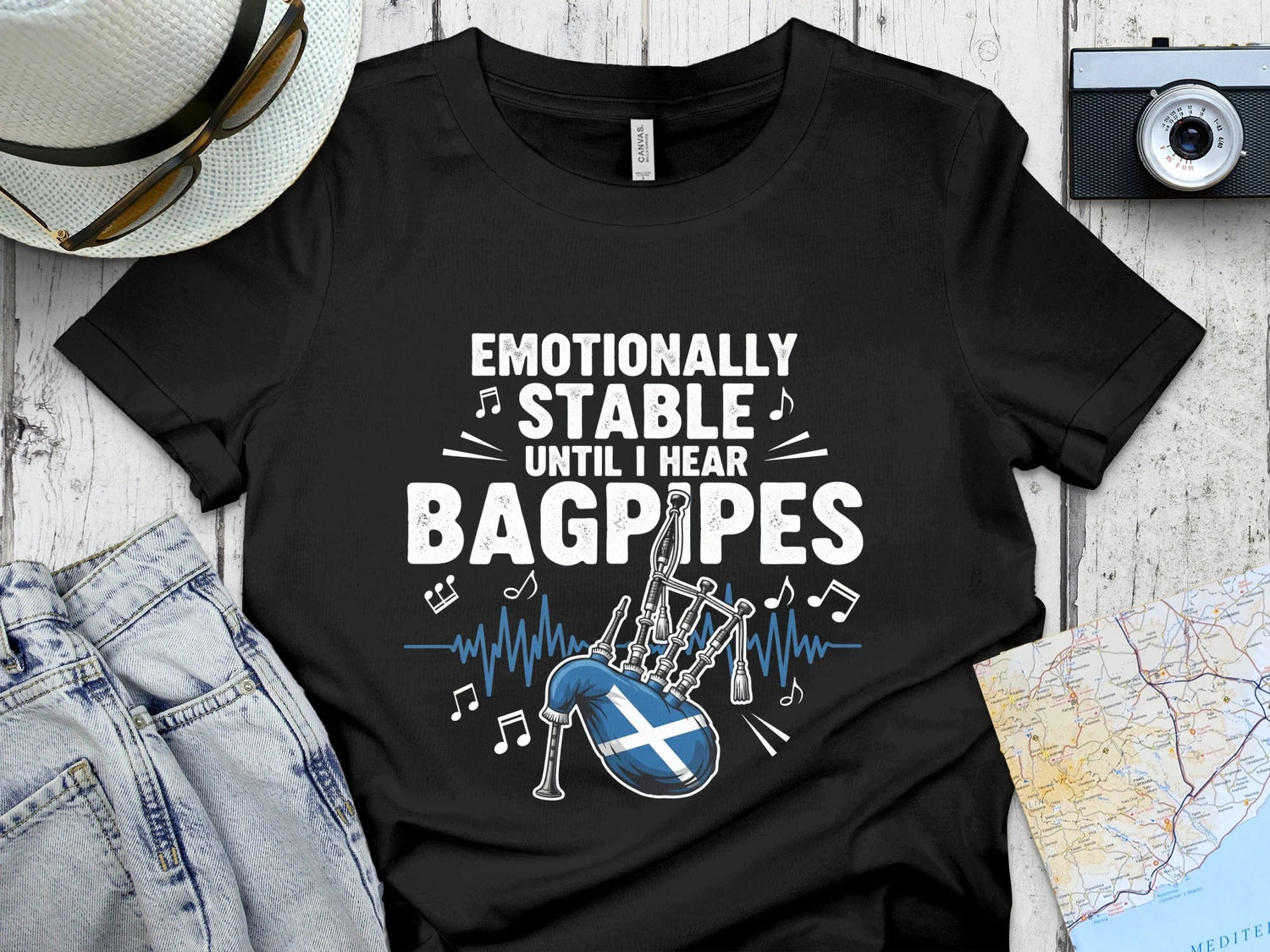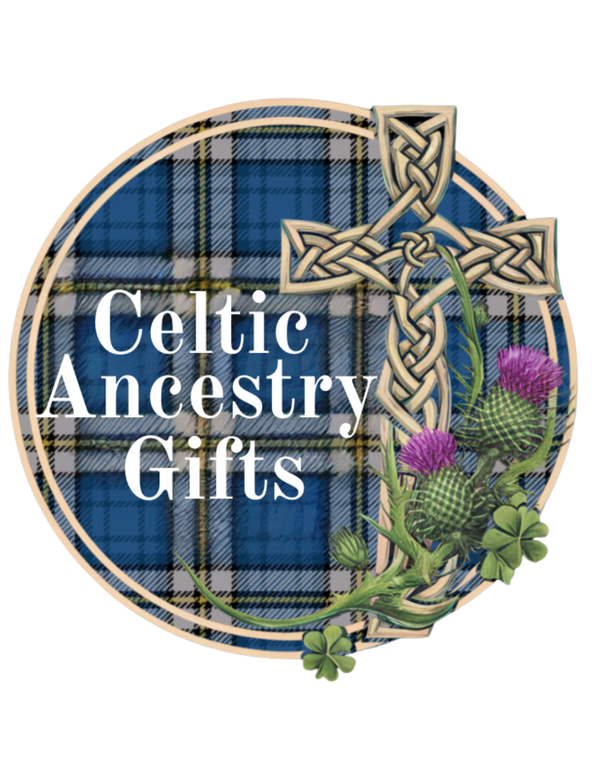
Clan Gunn: Warriors of the North and Keepers of Norse Blood
Share
Clan Gunn: Warriors of the North and Keepers of Norse Blood
In the wind-swept lands of Caithness and Sutherland, where the North Sea meets the wild heathered hills, the name Gunn carries with it echoes of both Viking sagas and Highland honor. Few clans embody the blending of Norse and Gaelic heritage as powerfully as Clan Gunn — a family of warriors, chiefs, and seafarers whose legacy reaches back nearly a thousand years.
To bear the Gunn name is to belong to one of the oldest and most valiant lineages in the Highlands — a clan whose courage, loyalty, and love of freedom have shaped the story of northern Scotland for centuries.
1️⃣ Introduction: Sons of the North Wind
Clan Gunn’s story begins not with the heather of the Highlands, but with the sea. Their ancestors were Norsemen — settlers, traders, and warriors who came to the northern tip of Scotland during the age of the Vikings. Over generations, they blended with the local Picts and Gaels, creating a culture that was both fierce and proud.
The Gunns became masters of the far north — a clan whose banners flew over Caithness and whose name was spoken with both respect and caution. Their motto, “Aut Pax Aut Bellum” (Either Peace or War), perfectly captures the Gunn spirit: peace when it is earned, war when it is forced.
In every generation, the Gunns proved themselves hardy, honorable, and unwilling to bow to tyranny — qualities that continue to define those who bear the name today.
2️⃣ History & Origins: From Norse Jarls to Highland Chiefs
The origins of Clan Gunn are ancient, reaching back to the 9th and 10th centuries, when Norse jarls ruled Orkney and Caithness. According to tradition, the clan’s founder was Gunni, grandson of Sweyn Asleifson, a legendary Viking sea-rover celebrated in the Orkneyinga Saga.
When Norse power in Scotland declined in the 12th and 13th centuries, Gunni and his descendants established themselves as Highland chiefs, holding lands in Kildonan, Latheron, and Ulbster. Their Norse lineage gave them a proud sense of independence — they were Highlanders, but with the sea in their blood and a long memory of freedom.
By the 14th century, the Gunns were recognized as a distinct and powerful clan. Their chief held court in Caithness, and their influence stretched across the northern Highlands. Yet their strength inevitably brought conflict — especially with neighboring clans who sought to control the same lands.
The Feud with the Keiths
No tale of Clan Gunn can be told without mention of their centuries-long feud with Clan Keith. The origins of this bitter rivalry lie in both politics and romance. According to tradition, the trouble began when the daughter of a Gunn chief — known in lore as the “Beauty of Braemore” — was abducted by Alexander Keith, a member of the rival clan. When the Gunns tried to rescue her, she was tragically killed in the ensuing struggle.
This crime ignited generations of warfare between the two clans. Battles and ambushes followed, each seeking revenge for the last. The most infamous confrontation came at the Battle of Champions, fought near Ackergill around 1478.
In that grim contest, twelve men from each clan met to settle their feud once and for all. Yet the Keiths arrived with twice their number, hidden and ready to ambush. The Gunns fought valiantly but were overwhelmed and slain. The feud continued for over a century, leaving deep scars on the north country.
It was not until 1978 — five hundred years later — that the chiefs of Clan Gunn and Clan Keith met again and symbolically ended the feud in a gesture of reconciliation.
3️⃣ Spelling Variations & Related Names
Though Gunn is the standard form of the clan name today, there are several related or derived surnames, reflecting the clan’s Norse and Gaelic roots.
Common Variants
-
Gunne / Gunni / Gunson – older or Scandinavian-style spellings
-
MacGunn / McGunn – Gaelic patronymic forms occasionally used in early records
-
Guine, Gunns, and Gwynne – occasional phonetic variations
Allied Families and Septs
Over time, families connected to the Gunns through marriage or territory became recognized as septs of the clan. These include:
-
Gallie – from the Gaelic Gallach, meaning “foreigner,” used for Norse-descended Highlanders
-
Jamieson – “son of James,” often found in Gunn territories
-
MacHamish – Gaelic for “son of James,” also tied to Gunn lands
-
Nelson and Williamson – patronymics found among Gunn descendants
-
Robson and Swanson – surnames of Norse-Gunn origin common in Caithness and the Northern Isles
These families, though not all direct descendants of the chief’s line, shared allegiance and kinship with the Gunns and often fought beside them in times of war.
4️⃣ Landmarks & Regions Associated with Clan Gunn
The landscape of the far north still bears witness to the Gunn legacy. From ruined towers to ancient kirks, the traces of the clan’s presence endure in the stones of Caithness and Sutherland.
Kildonan
The heartland of the Gunns lay in Kildonan, a valley whose name comes from the old Gaelic Cill Donnain, meaning “Church of St. Donan.” Here the clan’s chiefs ruled for generations, and it was from this glen that many Gunn families later emigrated during the Highland Clearances.
Latheron and Ulbster
Further east, the Gunns held lands around Latheron, where the parish kirk became a gathering place for the clan. The ruins of Halberry Castle, near Lybster, are said to have been a Gunn stronghold overlooking the sea.
Clyth and Kildonan Kirk
At Clyth, near the Caithness coast, lies the historic Clan Gunn Heritage Centre and Museum, housed in an old kirk built on traditional Gunn ground. The site stands as a symbol of continuity — a bridge between past and present, faith and heritage.
Orkney and the Northern Isles
The Gunns’ Norse heritage also ties them to the Orkney and Shetland Isles, where families of Norse-Gaelic descent shared kinship with the Gunns of Caithness. Many northern surnames — including Swanson, Halcro, and Manson — reflect these ancient ties.
5️⃣ Migration & Modern-Day Presence
The Gunns’ story, like that of many Highland clans, took a new direction after the 18th century. With the decline of the clan system and the onset of the Highland Clearances, many Gunn families were forced to leave their ancestral lands.
They settled across the world — in Canada, the United States, Australia, and New Zealand — taking with them their name, traditions, and fierce pride. Gunn descendants became farmers, soldiers, teachers, and leaders in their adopted lands, often forming societies to preserve their shared heritage.
Today, Clan Gunn Societies exist across the globe, connecting families from Scotland to Canada and America. The clan chief continues to be recognized by the Lord Lyon King of Arms, preserving the lineage that began with Gunni nearly a millennium ago.
The Gunn tartan — a striking pattern of deep blues and greens crossed with black and white — remains one of the most distinctive of the Highlands. Its cool tones echo the seas and skies of Caithness, embodying the northern soul of the clan.
Wherever they may live, those who bear the Gunn name share in that legacy of courage and steadfastness — proud sons and daughters of the far north.
6️⃣ Fun Fact: The Battle That Lasted Five Hundred Years
Clan Gunn’s feud with the Keiths stands as one of the longest-running rivalries in Scottish history. The two clans fought and retaliated for generations, and even when the sword was laid down, the bitterness endured in song and story.
Then, in 1978, a remarkable event took place: the Chief of Clan Gunn and the Earl of Kintore, chief of Clan Keith, met at the site of their ancient feud and formally signed a declaration of friendship. After half a millennium of hostility, peace was finally declared — proof that even the deepest wounds can heal with time and honor.
💚 Search your family name in the search bar above to explore your clan gifts — from mugs and t-shirts to blankets, ornaments, wall art, phone cases, magnets, flags, and more. Celebrate your Gunn heritage and carry the colors of the northern Highlands with pride!

